Troubleshooting LED Light Buzzing: How to Fix Dimmed LEDs that Make Noise
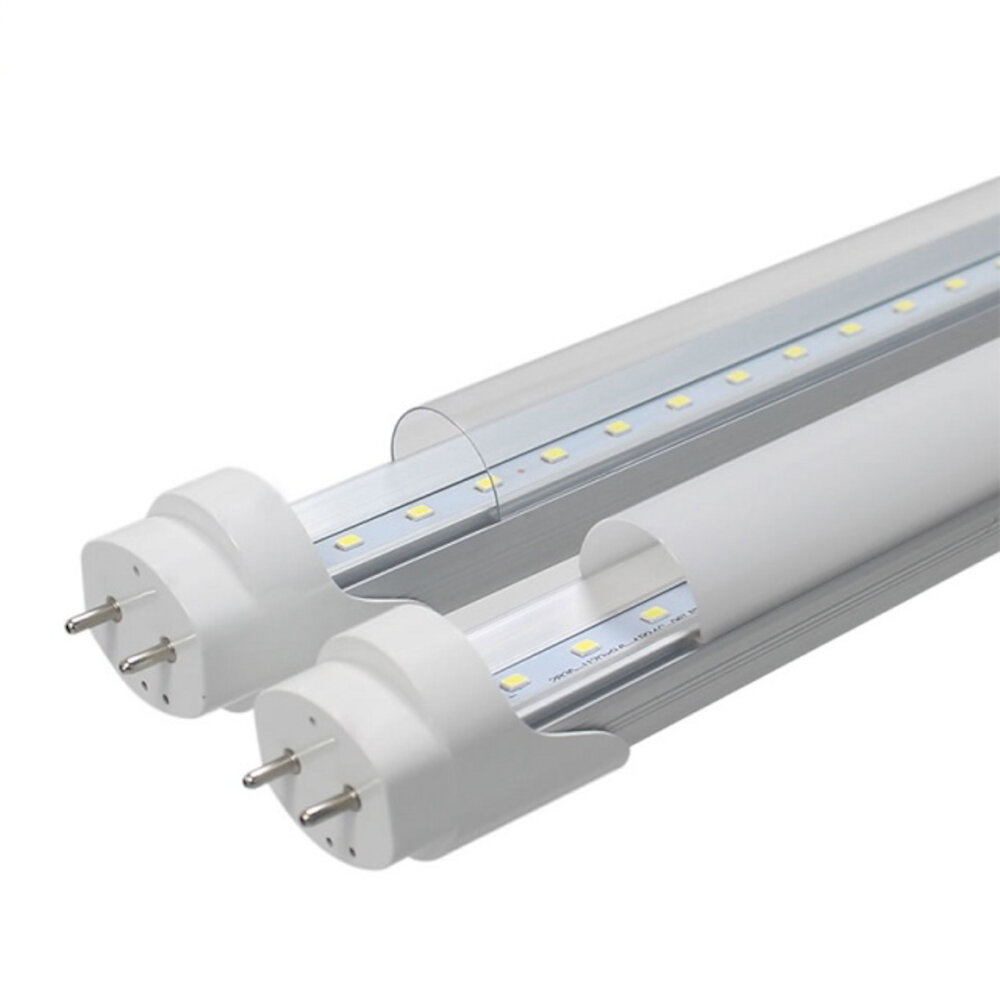
LED lights are a popular lighting solution that offer numerous benefits over traditional incandescent bulbs. They are energy efficient, long-lasting, and emit less heat. However, one common issue that can occur with LED lights is buzzing or humming noises. Not only is this noise annoying, but it can also be an indication of a bigger problem with the lighting system. Fortunately, troubleshooting LED light buzzing is a relatively simple process that can be done by almost anyone. The buzzing or humming noise that LED lights can produce is often caused by a variety of factors, including the type of LED light, the age of the bulb, and the electrical components of the lighting system. In some cases, the noise is simply a result of the LED bulb’s design, and is not indicative of any issue with the system. However, in other cases, the buzzing noise can be a sign of a more serious problem, such as a faulty power supply or wiring issues. Regardless of the cause, it is important to address the issue promptly to prevent further damage or potential safety hazards. In this guide, we will explore the most common causes of LED light buzzing and provide tips on how to troubleshoot and fix the problem.
LED lights are a type of lighting that utilizes a light-emitting diode to produce bright, energy-efficient light. They are known for their durability, long lifespan, and eco-friendliness. However, one common issue that can plague LED lights is buzzing or humming noises. This can be caused by a variety of factors, such as the type of dimmer switch being used, electrical interference, or the LED driver itself. The buzzing sound can be not only annoying but also a sign of a more significant issue that needs to be fixed. Luckily, there are several solutions available to address the buzzing sound, from changing the dimmer switch to upgrading the LED driver.
Buzzing LED lights can be a nuisance and a potential sign of a more serious problem. Not only can the constant hum be distracting and irritating, but it can also be an indication of an electrical issue that could pose a safety hazard. Therefore, it is crucial to fix buzzing LED lights promptly. Ignoring the problem can lead to further damage to the light fixture or even a potential fire hazard. Furthermore, the constant buzzing can be a sign of inefficiency, which can increase energy costs and decrease the lifespan of the LED. By addressing the issue promptly, you can improve the performance and safety of your lighting system, save money on energy bills, and ensure a more comfortable living environment.
Common Causes of Buzzing LEDs
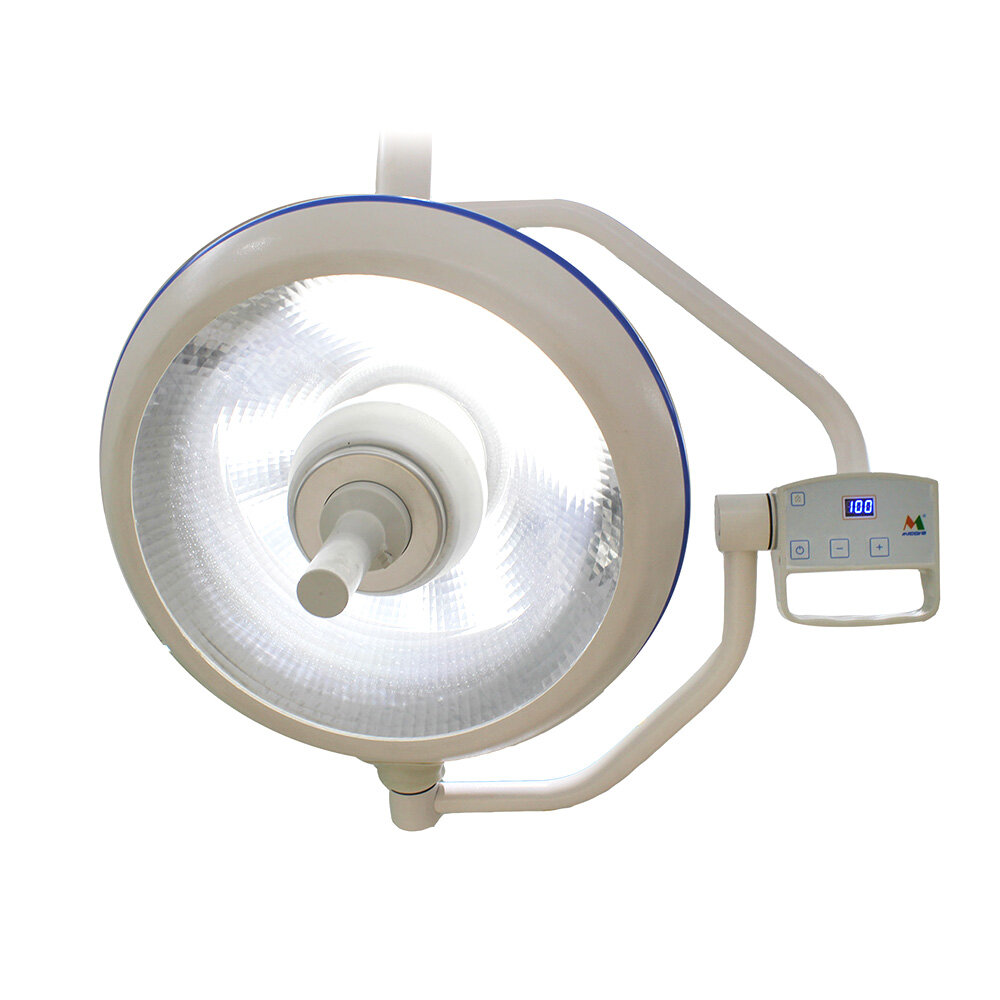
LED lights have been an outstanding revelation in the world of lighting, with their energy-efficient and long-lasting features. However, despite their many benefits, they can still encounter issues that require troubleshooting. One of the most common problems that LED lights face is buzzing or humming sounds. This issue can not only be irritating, but it can also compromise the longevity of the bulbs. The primary cause of LED buzzing is voltage fluctuations. When the voltage supplied to the LED bulb fluctuates, it causes the bulb to vibrate, which in turn results in an audible buzzing sound. These fluctuations can be caused by numerous factors, such as poor wiring connections or electrical surges. Another common cause of buzzing LED lights is the use of incompatible dimmer switches. Dimmer switches are designed to control the brightness of the light by adjusting the voltage supplied to the bulb. However, not all LED bulbs are compatible with all dimmer switches. If the dimmer switch is not compatible with the LED bulb, it can cause the bulb to flicker, buzz, or even not work at all. It is crucial to ensure that the dimmer switch is compatible with the LED bulb before installing it to avoid such issues. In conclusion, understanding the common causes of buzzing LED lights is essential for effective troubleshooting. By identifying the source of the problem, one can take the necessary steps to fix it and ensure that the bulbs function optimally.
An overloaded circuit is a common problem that can occur when too many electrical devices are connected to a single circuit. When an LED light is buzzing or dimming, it could be a sign of an overloaded circuit. This happens when the demand for electricity surpasses the capacity of the circuit to supply it. In such cases, the circuit breaker trips, causing the circuit to shut down. To fix this issue, one can try unplugging some devices or shifting them to different circuits. It’s also essential to ensure that the circuit is designed to handle the electrical load of all the connected devices. If the problem persists, it’s recommended to consult a professional electrician.
An incompatible dimmer switch can be the main reason why your LED lights are buzzing. A dimmer switch is designed to control the amount of electricity that flows through the circuit, which can cause a humming or buzzing sound if not properly matched with the LED bulb. When choosing a dimmer switch for your LED lights, it is important to ensure that it is compatible with the specific type of LED bulb you are using. Installing a dimmer switch that is not compatible with your LED lights can cause flickering, buzzing, or even damage to the bulb. Therefore, it is crucial to do your research and choose a dimmer switch that is designed to work with LED lights to prevent any potential issues.
Poor quality LED bulbs are a common cause of buzzing and dimming issues. These bulbs are often cheaper and of lower quality, and their components may not be able to handle the electrical load required to power them. This can lead to flickering, buzzing, and dimming of the LED lights, which can be frustrating and even dangerous. Poor quality bulbs may also have a shorter lifespan and may need to be replaced more frequently. To avoid these issues, it is important to invest in high-quality LED bulbs that are designed to handle the electrical load and provide reliable, long-lasting performance.
Loose wiring is one of the common culprits responsible for LED light buzzing and dimming. When wires are not connected securely, they create an unstable electrical connection that can lead to flickering and humming sounds. In some cases, loose wiring can cause the LED lights to turn off completely. It is important to check the wiring connections regularly, especially if you notice any signs of buzzing or dimming. You can fix loose wiring by tightening the screws or nuts that hold the wires in place. If the wires are damaged or frayed, you may need to replace them entirely. Properly securing your wiring will not only eliminate the noise, but also ensure that your LED lights operate efficiently and safely.
Solutions for Buzzing LED Lights
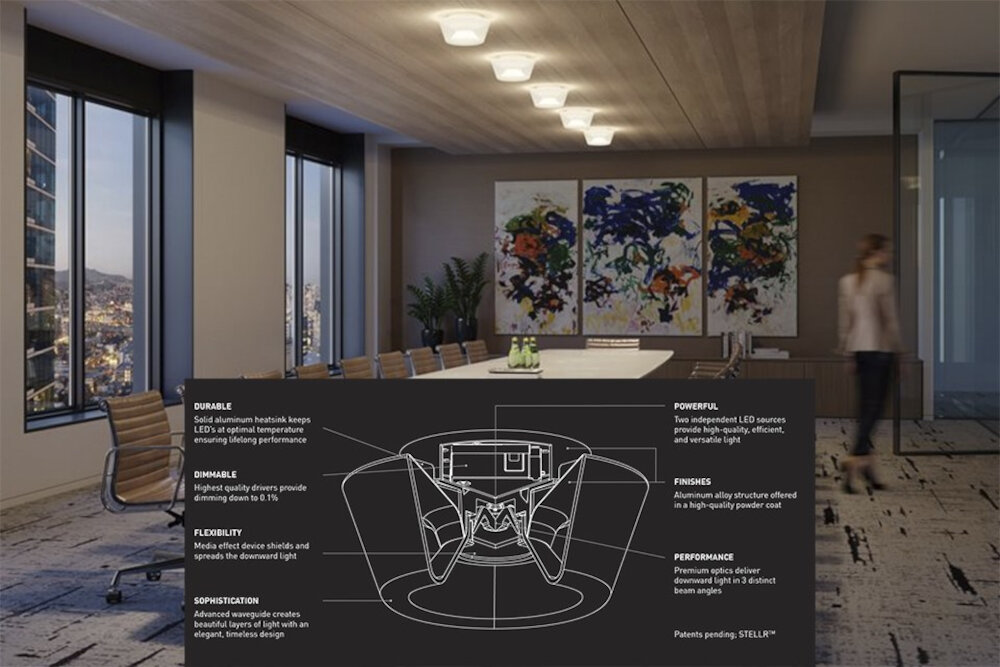
Buzzing LED lights can be a nuisance, especially if you’re trying to relax or sleep. Thankfully, there are a few solutions to this problem. One common cause of buzzing LED lights is the use of a non-dimmable LED bulb with a dimmer switch. Using a dimmer switch designed for LED lights can help eliminate the buzzing noise. Another solution is to replace the non-dimmable LED bulb with a dimmable one. This can help reduce the noise and improve the performance of the light fixture. Another cause of buzzing LED lights is electromagnetic interference (EMI). This can be caused by nearby electronic devices, such as a television or radio. To reduce EMI, try moving the electronic device further away from the LED light fixture. You can also try adding an EMI filter to the circuit to reduce interference. If the buzzing persists, it may be time to consult an electrician to ensure that the wiring is correctly installed and grounded. By following these solutions, you can eliminate the buzzing noise and enjoy your LED lights without any distractions.
One possible solution to troubleshoot LED light buzzing and dimming is upgrading the circuit to a higher capacity. This could be necessary if the existing circuit is overloaded or has insufficient power supply to handle the electrical load of the LED lights. By upgrading to a higher-capacity circuit, more power can be delivered to the LED lights, which can improve their performance, reduce buzzing and flickering, and prevent dimming. Moreover, a higher-capacity circuit can provide better voltage regulation and stability, which can enhance the lifespan and reliability of the LED lights. However, before upgrading the circuit, it is important to consult with a licensed electrician and ensure that the wiring and electrical components are compatible with the new circuit and comply with safety regulations.
If you’re experiencing buzzing or flickering with your dimmed LED lights, it may be time to replace your dimmer switch with an LED-compatible model. Traditional dimmer switches are designed for incandescent bulbs and may not work well with LED lights. An LED-compatible dimmer switch will have features such as a \low-end trim\ adjustment to allow for fine-tuning of the dimming range and \minimum load\ requirements to ensure the switch can function properly with the low wattage of LED lights. By replacing your dimmer switch with an LED-compatible model, you can enjoy the benefits of energy-efficient LED lighting without the annoyance of buzzing or flickering.
One effective solution to avoid buzzing and dimming of LED lights is to use high-quality LED bulbs. Poor-quality bulbs may flicker or produce inconsistent lighting, leading to the buzzing sounds. High-quality LED bulbs, on the other hand, have a better construction and are designed to provide consistent lighting without any unwanted noises. They also tend to last longer, which means that you will save on replacement costs in the long run. When purchasing LED bulbs, ensure that they are of high quality and suitable for the intended use to avoid issues such as buzzing and dimming.
When dealing with dimmed LED lights that emit buzzing sounds, one likely culprit is loose wiring connections. Loose wiring can cause electrical resistance which results in voltage drops, and in turn, affects the performance of LED lights. To fix this issue, it is important to first turn off the power source to avoid any potential electrical hazards. Then, inspect the wiring connections and tighten any loose connections with a screwdriver or pliers. Once all the connections are secured, turn the power back on and test the LED lights. Tightening loose wiring connections can effectively eliminate buzzing sounds and restore brightness to dimmed LED lights.
How to Fix Dimmed LEDs
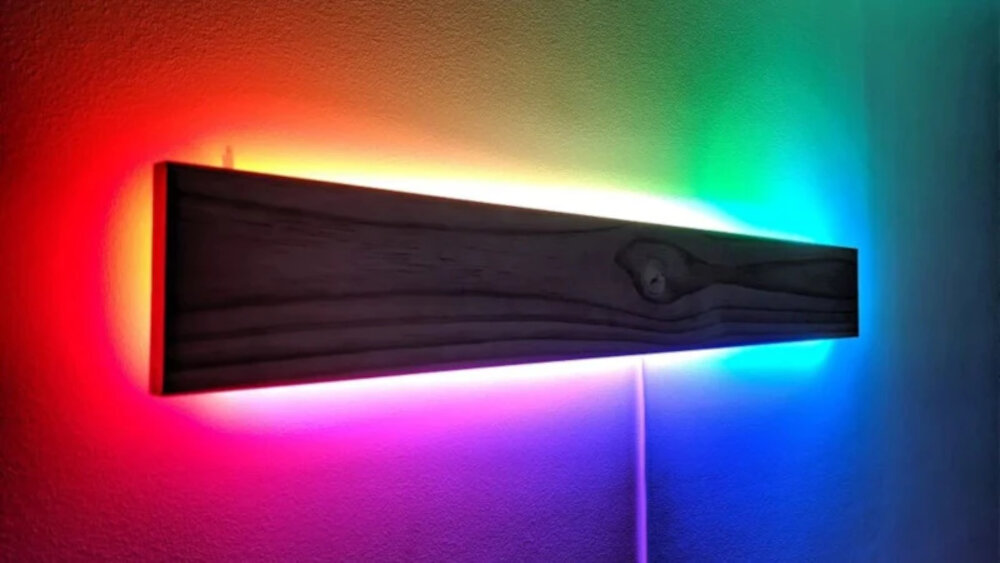
LEDs (Light Emitting Diodes) have become a popular lighting choice due to their energy efficiency, long lifespan, and durability. However, like any electronic device, they can experience issues such as dimming or buzzing. When your LEDs are dimming, it can be frustrating as it affects the brightness and overall look of your space. Fortunately, there are several ways to fix dimmed LEDs. Firstly, check the power source and ensure that it is providing the correct voltage to the LED lights. If the voltage is too low, the LEDs will not light up to their full brightness. In this case, you may need to replace the power supply or use a voltage booster. Another common cause of dimmed LED lights is a faulty LED driver. The LED driver regulates the voltage and current supplied to the LEDs, and if it is not functioning correctly, it can cause the lights to dim or flicker. To fix this issue, you can replace the LED driver with a compatible one. It is important to note that not all LED drivers are interchangeable, so it is essential to find the right driver for your specific LED lights. By replacing the power source or LED driver, you can restore your LEDs to their full brightness and enjoy the benefits of energy-efficient lighting once again. In conclusion, dimmed LED lights can be a nuisance, but there are ways to fix them. Start by checking the power source and the LED driver, as these are the most common culprits. If you are unsure how to replace these components, seek the assistance of a professional to ensure safe and proper installation. With a little troubleshooting, you can get your LED lights back to shining bright, without any buzzing or dimming.
When experiencing buzzing or dimmed LED lights, one potential culprit may be loose wiring connections. Over time, wires can become loose due to vibration or simply from being moved around. This can lead to an inconsistent flow of electricity, resulting in the buzzing or dimming of the lights. To check for loose wiring connections, start by turning off the power to the affected area. Then, carefully inspect each wire and connection point, looking for any signs of looseness or damage. Once any loose connections are identified, they can be tightened or replaced as needed to restore proper electricity flow and eliminate the buzzing or dimming of the LED lights.
If you’re experiencing buzzing noises coming from your LED lights, it may be time to replace or upgrade your dimmer switch. A faulty or outdated switch can cause electrical interference and produce the buzzing sound. Upgrading to a newer, more advanced dimmer switch can help eliminate the noise and provide smoother dimming capabilities. When choosing a new switch, be sure to select one that is compatible with LED lighting and has a low minimum load requirement to ensure compatibility with your fixtures. Replacing or upgrading your dimmer switch is a simple and effective solution to eliminate the annoying buzzing sound and improve the functionality of your LED lights.
When it comes to troubleshooting LED light buzzing, using compatible LED bulbs is a crucial factor to consider. LED bulbs come in a variety of shapes, sizes, and specifications, and not all bulbs are compatible with every fixture. Using a bulb that is not compatible with the fixture can cause a number of problems, including buzzing, flickering, and dimming. It is important to ensure that the LED bulbs being used are compatible with the fixture they are being installed in. This can be done by checking the manufacturer’s recommendations or consulting with a lighting specialist. Using compatible LED bulbs will not only prevent buzzing and flickering but will also ensure optimal performance and longevity of the fixture.
If you have tried all the troubleshooting steps and your LED lights are still buzzing or dimming, it may be time to seek professional help. An electrician or lighting specialist can diagnose the issue and provide a solution that is safe and effective. Attempting to fix the problem yourself may result in further damage to your lighting system or even pose a safety hazard. Don’t hesitate to reach out to a professional, as investing in their expertise can save you time, money, and frustration in the long run. Remember, your safety and the longevity of your lighting system should always be a top priority.
Preventing LED Buzzing and Dimming
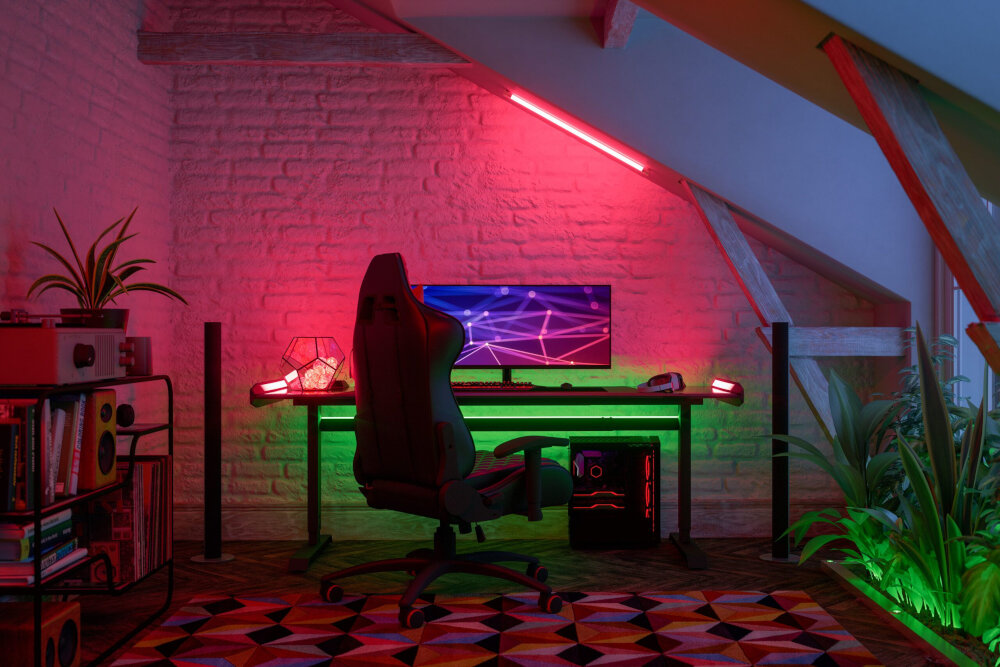
LED light buzzing and dimming can be a frustrating experience, especially when you’re trying to create a comfortable ambiance in your home or office. Fortunately, there are several ways to prevent LED buzzing and dimming. One of the most effective methods is to use high-quality LED bulbs that are specifically designed to reduce buzzing and flickering. These bulbs are typically more expensive than standard bulbs, but they offer superior performance and reliability. Another way to prevent LED buzzing and dimming is to use an LED-compatible dimmer switch. Many standard dimmer switches are not designed to work with LED bulbs, which can cause buzzing and flickering. By using a dimmer switch that is specifically designed for LED bulbs, you can ensure that your lights will remain bright and consistent, without any annoying buzzing or flickering. Additionally, you may want to consider using a power conditioner or surge protector to protect your LED bulbs from voltage fluctuations, which can also cause buzzing and dimming. With these simple tips, you can enjoy bright, consistent LED lighting without any buzzing or dimming issues.
Overloading circuits can be a potential cause of buzzing and dimming LED lights. It occurs when too many electrical devices are connected to a circuit that cannot handle the load, causing the circuit breaker to trip or the wires to overheat. To avoid overloading circuits, it is important to distribute the electrical load evenly across different circuits and not to daisy chain too many devices on a single circuit. It is also crucial to check the wattage rating of the LED lights and ensure that they are compatible with the circuit they are connected to. By taking these precautions, LED lights can function smoothly without any buzzing or dimming issues.
If you are experiencing buzzing or humming sounds when you dim your LED lights, the issue could be due to an incompatible dimmer switch. LED lights require a specific type of dimmer switch which is LED-compatible. Traditional dimmer switches are designed for use with incandescent bulbs and may cause issues when used with LED lights. When choosing a dimmer switch for your LED lights, make sure to look for ones that are labeled as LED-compatible. These switches are designed to work with the lower voltage and power requirements of LED lights, ensuring smooth and quiet dimming without any annoying buzzing or humming sounds. By choosing the right dimmer switch, you can enjoy the benefits of energy-efficient LED lighting without any unwanted noise.
Using high-quality LED bulbs is an essential step in troubleshooting LED light buzzing and fixing dimmed LEDs that make noise. These bulbs are designed to provide consistent brightness and performance without generating any buzzing sounds. They are also energy-efficient, which means they consume less power and have a longer lifespan than traditional incandescent bulbs. High-quality LED bulbs also have better heat dissipation properties, which prevents them from overheating and causing damage to the fixture. Investing in these bulbs not only helps resolve buzzing and dimming issues but also saves money in the long run by reducing energy consumption and replacement costs.
Regularly checking and maintaining wiring connections is essential to avoid LED light buzzing and dimming. Over time, wires can become loose or damaged, which can cause a poor electrical connection and result in flickering or buzzing LED lights. By inspecting wiring connections regularly, you can identify any potential issues and fix them before they become a bigger problem. It’s also important to ensure that all connections are properly secured and insulated to prevent electrical hazards. Taking these simple steps can help you avoid the frustration of dimmed LEDs that make noise and keep your lighting system running smoothly.
Buzzing and dimming are common issues with LED lights that can be frustrating to deal with. The most common causes of buzzing and dimming in LEDs are voltage fluctuations, incompatible dimmer switches, and high temperatures. To solve these issues, it is recommended to use a constant voltage power supply to stabilize the voltage, replace incompatible dimmer switches with LED-compatible ones, and ensure proper ventilation and cooling of the LED fixture. Additionally, checking for loose connections and using high-quality LED bulbs can also prevent buzzing and dimming. By taking these steps, you can enjoy the full benefits of LED lighting without any annoying buzzing or dimming.
Properly troubleshooting and fixing LED light issues is crucial for several reasons. Firstly, LED lights are energy-efficient and can last for many years, making them a popular choice for homes and businesses. However, when they start to buzz or dim, it can not only be annoying but also affect their performance and lifespan. By addressing these issues promptly, you can ensure that your LED lights operate at their full potential, saving you money on energy bills and replacement costs. Additionally, addressing LED light problems can prevent potential safety hazards, such as flickering lights that could cause eye strain or accidents. Therefore, it is essential to understand the causes of LED light issues and take steps to fix them effectively.
If you are experiencing any issues with your LED lights, it is important to seek professional help if necessary. While some problems may be simple to fix, others may require more specialized knowledge and tools. Attempting to fix the issue on your own can be dangerous and may even make the problem worse. By seeking the help of a professional, you can ensure that the problem is properly diagnosed and fixed, preventing any potential safety hazards or further damage to your LED lights. Don’t hesitate to seek help if you need it – it is always better to be safe than sorry when it comes to electrical issues.
Conclusion
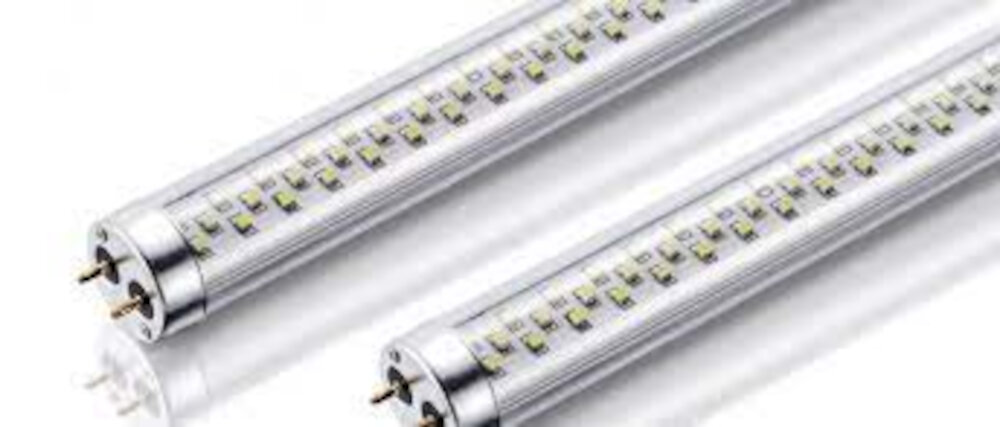
In conclusion, troubleshooting LED light buzzing is an essential process that requires patience and attention to detail. The buzzing sound from dimmed LEDs can be very annoying and distracting, but with the right knowledge and tools, it can be fixed. Some of the causes of LED buzzing may include voltage fluctuations, loose wiring, or faulty dimmer switches. Therefore, it is important to identify the root cause of the problem before attempting any fixes. Some common solutions to fix buzzing LED lights may include replacing the faulty dimmer switch, using a high-quality LED compatible dimmer switch, or adding a noise suppressor to the circuit. By implementing these solutions, you can enjoy the benefits of LED lighting without the annoying buzzing sound. Finally, it is always recommended to seek professional help if you are not confident in your ability to troubleshoot and fix the issue.




